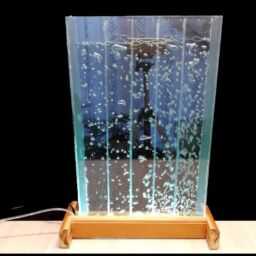Horticulturalists will know that the best possible option for any plants that want to grow indoors, like in a greenhouse or nursery, is to the use of LED plant lights. There are a lot of other questions that need to be answered though before a purchase is made, so that all your bases are covered and you know that your investment in these lights is well worth it.
When you want to use LED plant lights, you have to be aware of the fact that it is best to use loose soil because that will let more oxygen through the passageway to reach the roots and consequently stimulate growth. It also means that there is a lower need for watering and hence, any problems associated with watering too much like stunted growth, slow root growth and even nutrient nourishment problems, are avoided. It should therefore be noted that watering should be done occasionally and it should always be checked to see that the soil is at least partially dry before the next watering phase starts.
Another thing to keep in mind is that the LED plant lights operate at a very low temperature, in spite of the fact that they are switched on for more than two-thirds of the day. At the most, they will be comfortably warm if touched. While this is a huge advantage of using this particular kind of grow light, it raises the concern of what to do in the winter months when the temperature is obviously very cool. On this point, the answer is to subsequently raise the temperature of the area where you grow your plants in the cooler days. An ideal temperature range should be between 70 degrees Fahrenheit and eighty degrees Fahrenheit.
The nutrient intake that you have to give your plants will be lowered significantly when you start using LED plant lights. Approximately you should give only about half of the nutrients to your plants than you normally would. In the case that you find that your plants aren’t growing at the speed you expected or as well as you thought they would, then it is entirely possible that you may have to provide an additional source of light to them, because LED plant lights provide very gentle lighting. Introducing invisible infrared light, the source of which you can place anywhere in the plantation area, is often very beneficial and doesn’t interfere with the LED plant lights.
It is also often recommended that when LED plant lights are in use, the levels of carbon dioxide in the indoor planting area be monitored at regular intervals. This is due to the fact that LED lights tend to emit a lot of absorbed light that in turn requires the carbon dioxide levels to have to be increased manually.
Lastly, there is no reason to be concerned in case it seems like one of your LED plant lights isn’t working. It is quite common to think that some of the lights appear to be out, because the thing is that around 60% of the emitted light isn’t visible to the naked eye.
AUTOPOST by BEDEWY VISIT GAHZLY



